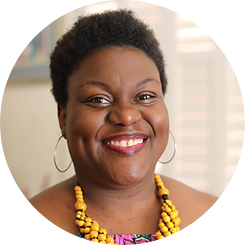Urban landscapes are augmented layers of hegemonic power that materializes in buildings, street maps, and monuments in the public space. After the killing of George Floyd in 2020, the removal of white supremacist statues and symbols from cities across the world has become one of the central demands of protesters.
While removing monuments to past figures and events can be a daunting process, to imagine and facilitate the installation of new monuments seems just as relevant. What challenges do artists, city planners, and local communities face in the creation of public art for the 21st century? Who decides what is commemorated or celebrated in the public space? How are these decisions made?
In four digital conversations, artists, architects, city officials, scholars, and activists come together to exchange ideas and contemporary practices for creating new contemporary monuments for our age. Curated by Niama Safia Sandy.
Tomie Arai is a public artist who lives and works in New York City. She has designed both temporary and permanent public works of art, with several decades of experience working with local communities to create visual narratives that give meaning to the spaces we live in. More about Tomie Arai
Alisha B. Wormsley is an interdisciplinary artist and cultural producer based in Pittsburgh, PA. Her work focuses on collective memory and the synchronicity of time, specifically through the stories of women of color.
More on Alisha B. Wormsley
Arielle Julia Brown is a creative producer, cultural strategist, social practice artist, and dramaturg. Emerging from her work and research around U.S. slavery, racial terror and justice, Brown is committed to supporting and creating Black performance work that commands imaginative and material space for social transformation. More about Arielle Julia Brown







